Coil binding services play an essential role in creating polished, professional print materials for businesses of all sizes. Whether you’re coordinating marketing collateral for multiple locations or building consistency across your brand, the right binding method can impact your project’s functionality and appeal. In this guide, we’ll explore the nuances of coil binding, its advantages, and what to consider when choosing it for your next multifaceted print campaign.

What Are Coil Binding Services and Why Do They Matter?
When businesses think of printed materials, binding might seem like a finishing touch—but coil binding services provide much more than just aesthetics. Also known as spiral binding, this technique involves inserting a durable plastic coil through punched holes along the document’s spine.
Common Uses for Coil Binding
Coil binding services are often used for:
- Employee handbooks
- Product catalogs
- Training manuals
- Presentation booklets
- Annual reports
Each of these documents benefits from the flexibility, lay-flat design, and durability that coil binding offers.
Why Coil Binding Stands Out in Modern Print Projects
In today’s fast-paced business environment, organizations need materials that can withstand handling while maintaining a professional look. Coil binding provides 360-degree rotation, allowing pages to turn easily and stay open on flat surfaces—ideal for hands-free reading during training sessions, conferences, or trade shows.
Is Coil Binding the Right Fit for Your Business Needs?
While coil binding services are versatile, they aren’t a one-size-fits-all solution. Understanding your project’s objectives, budget, and use cases will help determine whether coil binding is the optimal choice.
When to Choose Coil Binding
Coil binding is especially valuable if:
- Your materials will be handled frequently
- A lay-flat or fold-back design is necessary
- You need flexibility across multiple departments or locations
- The document exceeds 20 pages but needs to remain cost-effective
For multi-location businesses like franchises or universities, consistency is key. Coil binding ensures uniformity across all print pieces, maintaining brand integrity while offering functionality.
When to Consider Alternatives
There are times when coil binding might not be ideal. If you need an upscale presentation for high-stakes investor meetings or luxury proposals, perfect binding or hardcover binding may present a more premium look. However, coil binding remains a budget-friendly, highly functional choice for most day-to-day corporate materials.
Additional Considerations for Multi-Location Businesses
Budgeting for Binding in Large Print Campaigns
For companies planning large-scale campaigns or rebranding initiatives, factoring in coil binding services early in the budgeting phase can reduce surprises later. The binding style impacts production time, durability, and the perceived quality of the materials, all of which affect ROI.
Balancing Functionality and Consistency Across Locations
For businesses operating across multiple regions, consistency is non-negotiable. Coil binding helps ensure that every training manual, booklet, or marketing asset looks and performs the same—whether it’s used at a headquarters, satellite office, or franchise location.
Conclusion
Coil binding services can add both utility and polish to a wide range of business print materials. By understanding your project’s unique needs and balancing cost with functionality, you’ll be better equipped to select the binding method that elevates your brand’s print collateral. Coil binding offers flexibility, ease of use, and durability—making it a strong contender for many modern business applications.



